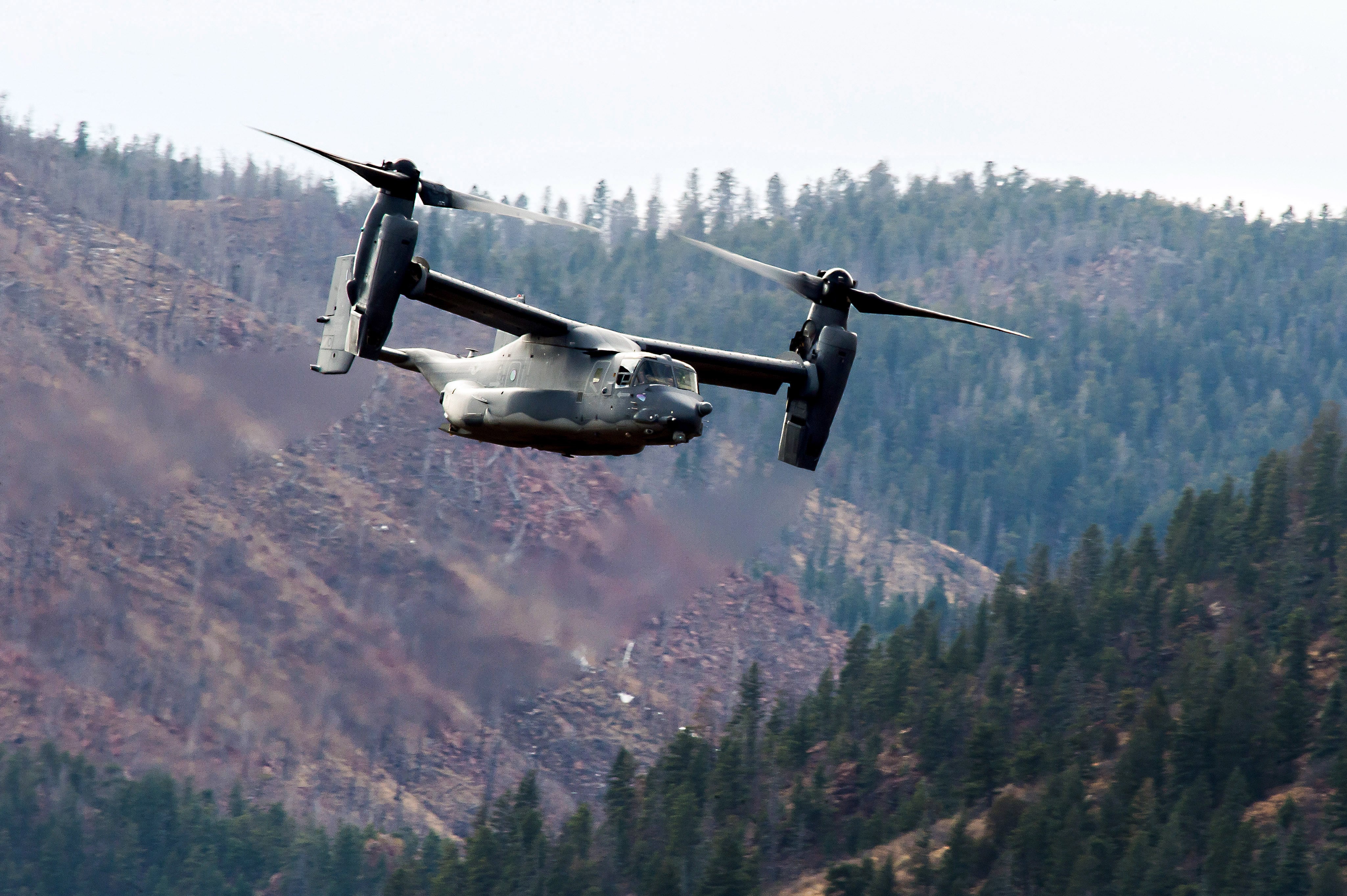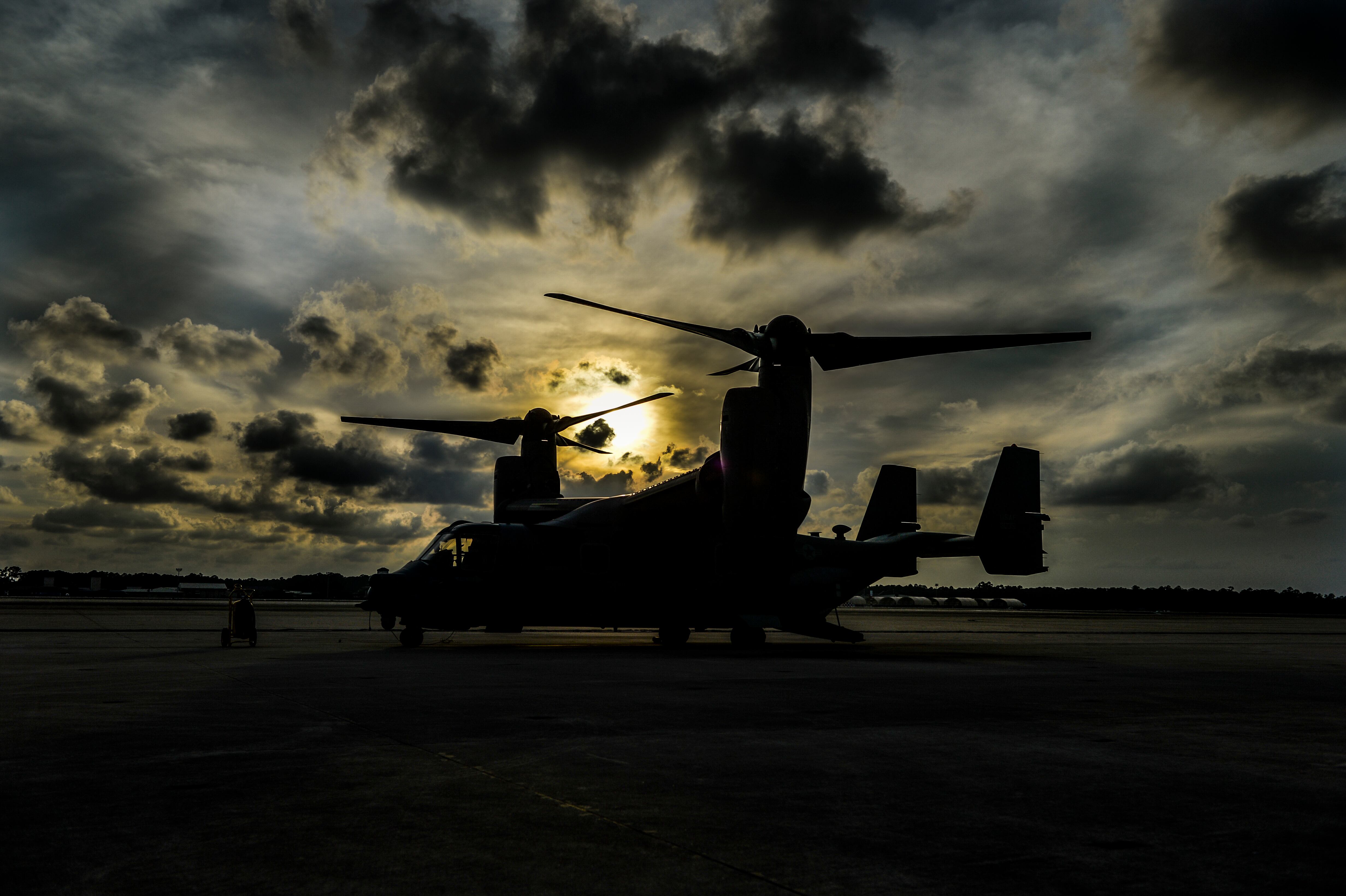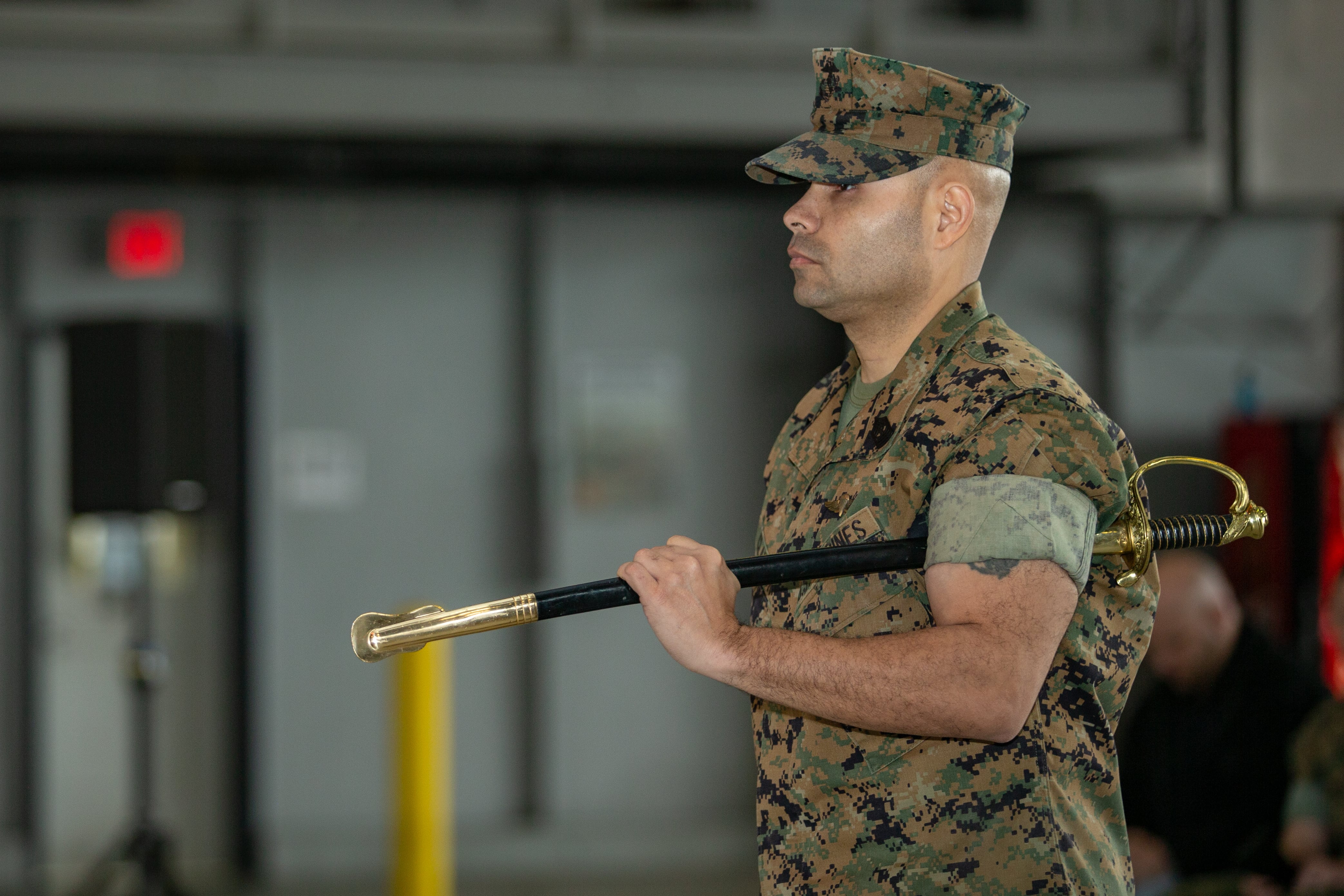Editor’s note: This story was updated Dec. 5 at 2:30 p.m. to include a statement from Defense Secretary Lloyd Austin and at 8:50 p.m. to include new information from the Air Force.
The U.S. Air Force on Tuesday released the names of the seven remaining airmen who died after their CV-22 Osprey crashed off the southern coast of Japan Nov. 29.
They are “among the giants who shape our history,” Air Force Special Operations Command boss Lt. Gen. Tony Bauernfeind said in an emailed statement Tuesday.
The tiltrotor aircraft, bearing the call sign “GUNDAM 22,” went down near Yakushima Island while carrying an eight-person crew on a routine training mission. The Air Force announced Tuesday it believes the entire crew died in the crash.
RELATED

Those killed aboard GUNDAM 22 include:
- Maj. Jeffrey T. Hoernemann, 32, of Andover, Minnesota, a CV-22 instructor pilot and officer in charge of training at the 21st Special Operations Squadron at Yokota Air Base, Japan.
- Maj. Eric V. Spendlove, 36, of St. George, Utah, a residency-trained flight surgeon and medical operations flight commander assigned to the 1st Special Operations Squadron at Kadena Air Base, Japan.
- Maj. Luke A. Unrath, 34, of Riverside, California, a CV-22 pilot and flight commander at the 21st SOS.
- Capt. Terrell K. Brayman, 32, of Pittsford, New York, a CV-22 pilot and flight commander at the 21st SOS.
- Tech. Sgt. Zachary E. Lavoy, 33, of Oviedo, Florida, a medical operations flight chief at the 1st SOS.
- Staff Sgt. Jake M. Turnage, 25, of Kennesaw, Georgia, a flight engineer at the 21st SOS.
- Staff Sgt. Jake M. Galliher, 24, of Pittsfield, Massachusetts, an airborne linguist specializing in Mandarin Chinese assigned to Yokota’s 43rd Intelligence Squadron, Detachment 1.
- Senior Airman Brian K. Johnson, 32, of Reynoldsburg, Ohio, a flight engineer at the 21st SOS.
Galliher became the first airman recovered on Dec. 1. The military confirmed his death the following day.
After a team of military and civilian search units from the U.S. and Japan, aided by local fishermen, worked around the clock for nearly a week to locate survivors, the massive search party will now focus on bringing home the rest of the crew’s remains rather than finding them alive.
Of the eight fallen airmen, the Air Force has recovered three bodies — those of Galliher, Unrath and Lavoy. It is in the process of recovering another three troops and is still searching for two more. The service has not disclosed which airmen are missing.
After pulling flotsam believed to be aircraft debris from the sea for days, the U.S. also aims to recover the wreckage of the Osprey’s fuselage. The ocean is about 30 meters (100 feet) deep around the crash site, according to the Japanese coast guard.
“Our thoughts and prayers are with the families, friends and peers of all who are impacted by this mishap and loss of life,” Bauernfeind said. “In times like these, where service to our nation is not just a personal commitment but also a legacy woven into the fabric of our families, the depth of sorrow is immeasurable.”
“The honorable service of these eight airmen to this great nation will never be forgotten,” he said.
Four fatal Osprey crashes, including the latest mishap, have claimed the lives of 20 American troops in the past two years. This is the first fatal incident involving an Air Force-owned CV-22 since 2010, and the service’s deadliest accident since 2018, when nine Puerto Rico Air National Guard troops died in a WC-130 weather reconnaissance plane crash.
The crash also marked the second lethal U.S. special operations mission in November, after five soldiers died Nov. 10 in a MH-60 Black Hawk helicopter crash in the eastern Mediterranean Sea.
The airmen were part of the Japan-based 353rd Special Operations Wing, which flies the Osprey on transport and supply missions around the Pacific. The aircraft’s massive rotor columns allow it to take off and land like a helicopter but speed forward like an airplane, enabling it to slip in and out of areas that are inaccessible to typical planes.
The U.S. Osprey fleet has recently suffered from a series of sometimes deadly incidents known as “hard clutch engagements,” in which the aircraft’s clutch temporarily slips and then re-engages, causing an uneven distribution of power to its rotors. Such slips can cause the aircraft to lurch dangerously.
It’s unclear what caused the most recent Osprey crash or whether a faulty clutch was involved.
One Yakushima resident told Japanese news outlet NHK he saw the CV-22 turn upside down, with fire coming from one of its engines, before exploding and falling into the sea, according to the Associated Press.
Japan, which also flies the Osprey, has suspended operations of the tiltrotor aircraft amid calls for the U.S. to do the same. The Air Force has temporarily paused routine Osprey flights to focus on the investigation; the Marine Corps said Nov. 30 it will not ground the fleet.
Defense Secretary Lloyd Austin on Tuesday pledged to conduct a “rigorous and thorough investigation” into the accident and thanked Japan for its help in recovering the airmen.
“I am deeply saddened by the loss of eight American troops in a tragic aircraft crash off the coast of Japan,” he said. “The entire Department of Defense mourns alongside the families and the loved ones of those who lost their lives today in the service of their country.”
Rachel Cohen is the editor of Air Force Times. She joined the publication as its senior reporter in March 2021. Her work has appeared in the Washington Post, the Frederick News-Post (Md.), Air and Space Forces Magazine, Inside Defense, Inside Health Policy and elsewhere.





